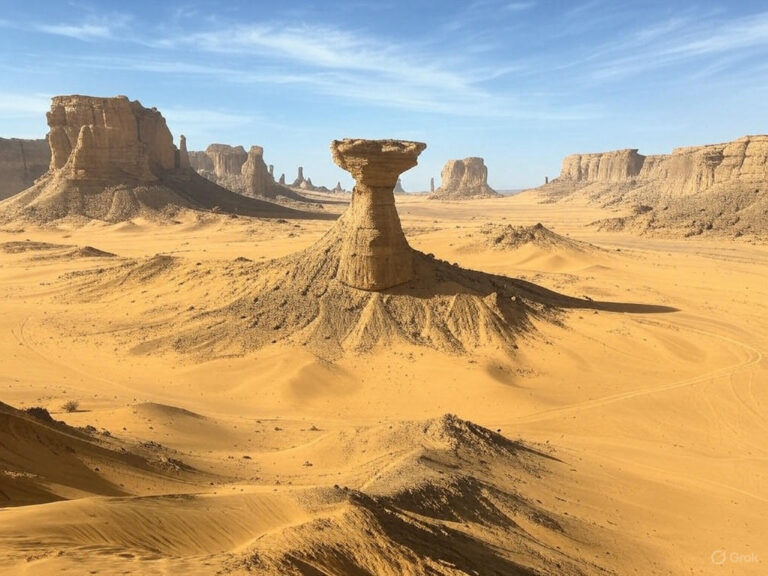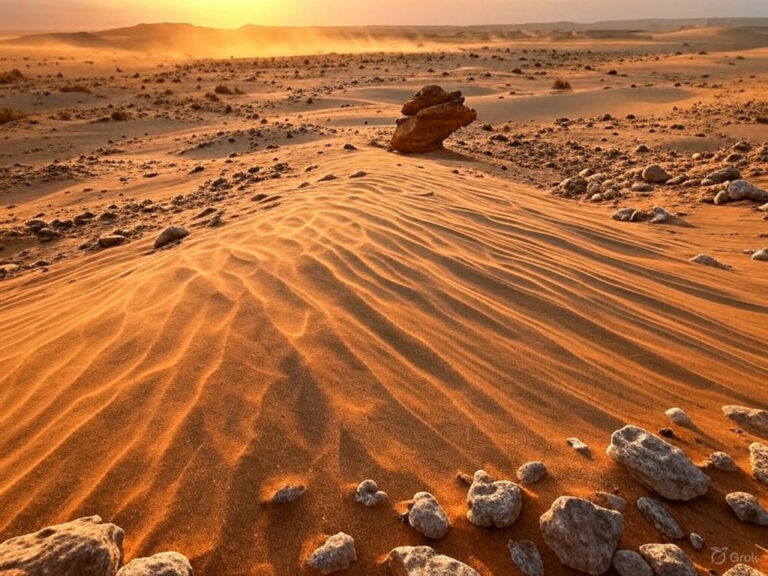Major Mountain Ranges of Australia
Unlike the Himalayas or Andes, Australia’s mountain ranges are older, worn-down, and often subtle in elevation, but they play a vital role in drainage systems, climate zones, and resource distribution.

Great Dividing Range (Eastern Highlands)
📍 Location: Runs parallel to the east coast, from northern Queensland through New South Wales to Victoria
🏔 Highest Peak: Mount Kosciuszko (2,228 m)
✅ Key Features:
- Longest mountain range in Australia (~3,000 km)
- Also known as the Eastern Highlands
- Divides rivers flowing east into the Tasman Sea and those draining west into the Murray-Darling Basin
- Reaches its maximum elevation in the Australian Alps
- Prone to bushfires, especially in the Victorian Alps
📝 Memory Tip: Think of this as Australia’s version of the Western Ghats—running long along the coast and affecting rainfall and river drainage.
Australian Alps
📍 Location: Southeastern New South Wales and eastern Victoria
🏔 Highest Peak: Mount Kosciuszko (same as above, shared range)
🗻 Also Notable: Mount Bogong (~1,986 m)
✅ Key Features:
- Highest range in Australia
- Snow-covered in winters—includes the Snowy Mountains
- Sub-range of the Great Dividing Range
Flinders Ranges
📍 Location: South Australia
🏔 Highest Peak: St Mary Peak (1,171 m)
✅ Key Features:
- An ancient, rugged range
- Home to Flinders Ranges National Park and Gammon Ranges National Park
- Contains some of the oldest visible fossils on Earth
MacDonnell Ranges
📍 Location: Central Australia, Northern Territory
🏔 Highest Peak: Mount Zeil (1,531 m)
✅ Key Features:
- Consists of east-west parallel ridges
- Formed by folding of ancient sedimentary rocks
- Famous sites: Simpsons Gap, Standley Chasm, Ellery Creek Big Hole
Hamersley Range
📍 Location: Western Australia, Pilbara region
🏔 Highest Peak: Mount Meharry (1,235 m)
✅ Key Features:
- Known for rich iron ore deposits
- Includes Brockman and Marra Mamba Iron Formations
- Major contributor to Australia’s mining economy
Musgrave Ranges
📍 Location: Border of Western Australia and South Australia
🏔 Highest Peak: Mount Woodroffe (1,435 m)
✅ Key Features:
- Remote and isolated range
- Composed of rugged quartzite and granite
- Sparse population and largely uninhabited
Stirling Range
📍 Location: Southwestern Western Australia
🏔 Highest Peak: Bluff Knoll (1,095 m)
✅ Key Features:
- Scenic and rugged quartzite peaks and cliffs
- Protected within Stirling Range National Park
- Unique for wildflowers and biodiversity
Blue Mountains
📍 Location: Western Sydney, New South Wales
🏔 Highest Peak: Mount Bindo (1,144 m)
✅ Key Features:
- Part of the Great Dividing Range
- Famous for sandstone plateaus uplifted and eroded over time
- Declared a UNESCO World Heritage Site
- Contains the Blue Mountains National Park
🟦 Named after the blue haze from eucalyptus oil droplets in the air.
Darling Range
📍 Location: Western Australia, near Perth
🏔 Highest Point: Mount Cooke (582 m)
✅ Key Features:
- Not a high mountain range—more of a low plateau and escarpment
- Runs parallel to the west coast
- Plays a role in drainage and soil erosion
🔁 Summary Table for Quick Revision:
| Range | Location | Highest Peak | Special Features |
|---|---|---|---|
| Great Dividing Range | East coast (Qld to Vic) | Mt. Kosciuszko (2,228 m) | Longest range; divides drainage |
| Australian Alps | SE NSW & Vic | Mt. Kosciuszko | Highest range; Snowy Mountains |
| Flinders Ranges | South Australia | St Mary Peak (1,171 m) | Rugged; fossil sites |
| MacDonnell Ranges | Central NT | Mount Zeil (1,531 m) | East-west ridges; gorges |
| Hamersley Range | WA (Pilbara) | Mount Meharry (1,235 m) | Iron ore deposits |
| Musgrave Ranges | WA-SA border | Mount Woodroffe (1,435 m) | Remote, granite-rich |
| Stirling Range | SW Western Australia | Bluff Knoll (1,095 m) | Biodiverse; national park |
| Blue Mountains | Western Sydney, NSW | Mount Bindo (1,144 m) | Sandstone plateaus; World Heritage |
| Darling Range | Near Perth, WA | Mount Cooke (582 m) | Low plateau; escarpment |
🧠 Final Takeaways:
- Australia’s mountain ranges are not towering, but geologically ancient and ecologically diverse.
- Many are mineral-rich, while others support unique flora, fauna, or serve as watershed divides.
- The Great Dividing Range is the backbone, while others like Hamersley and Flinders are treasure chests of natural wealth.




